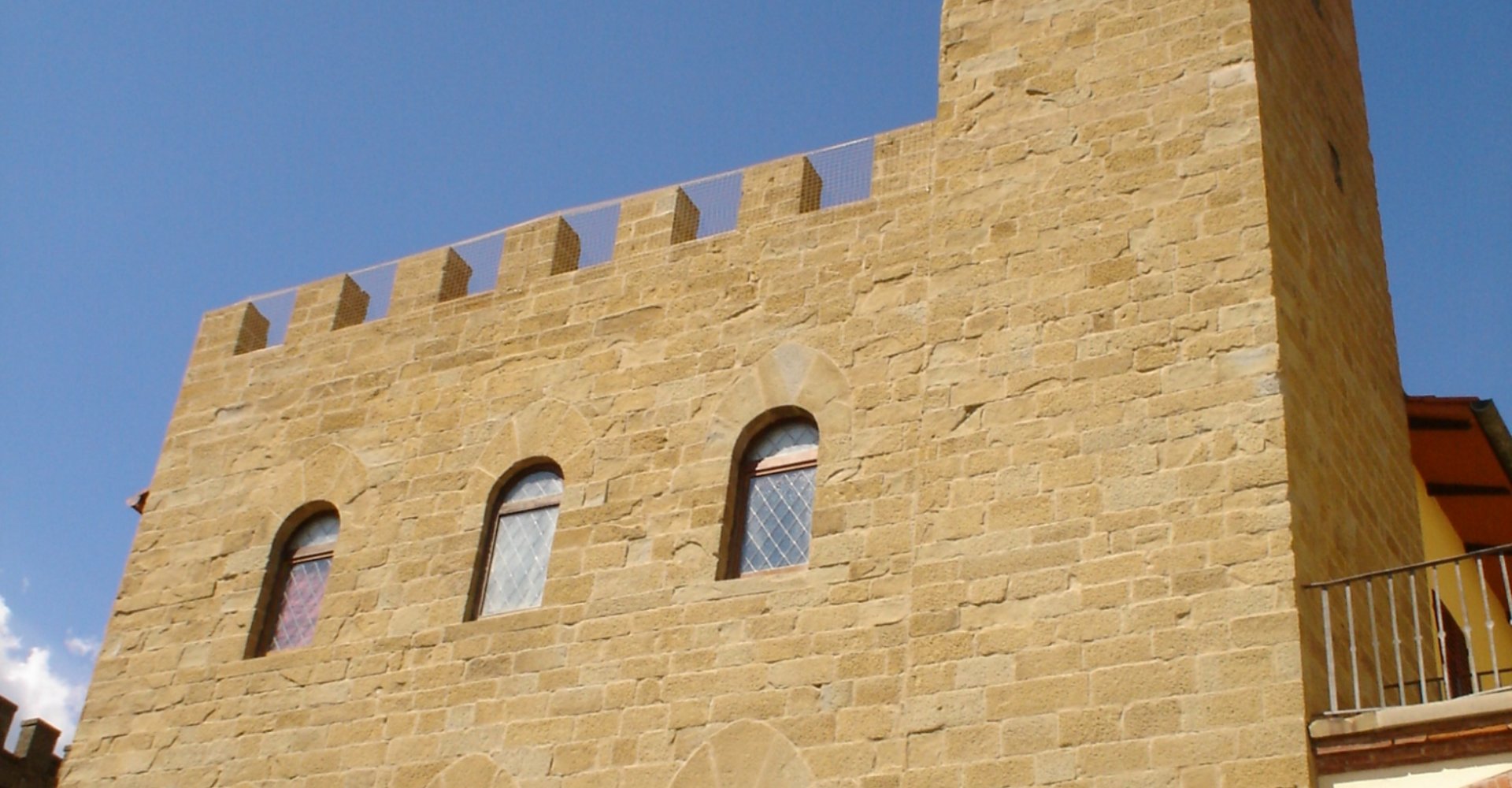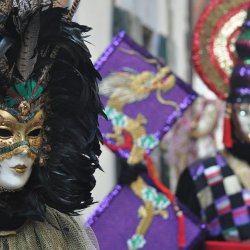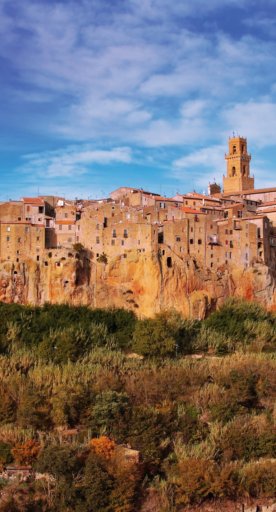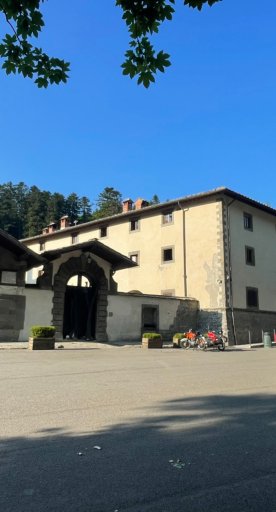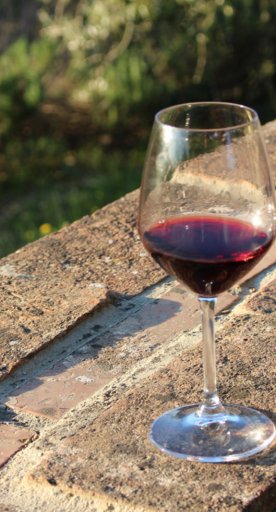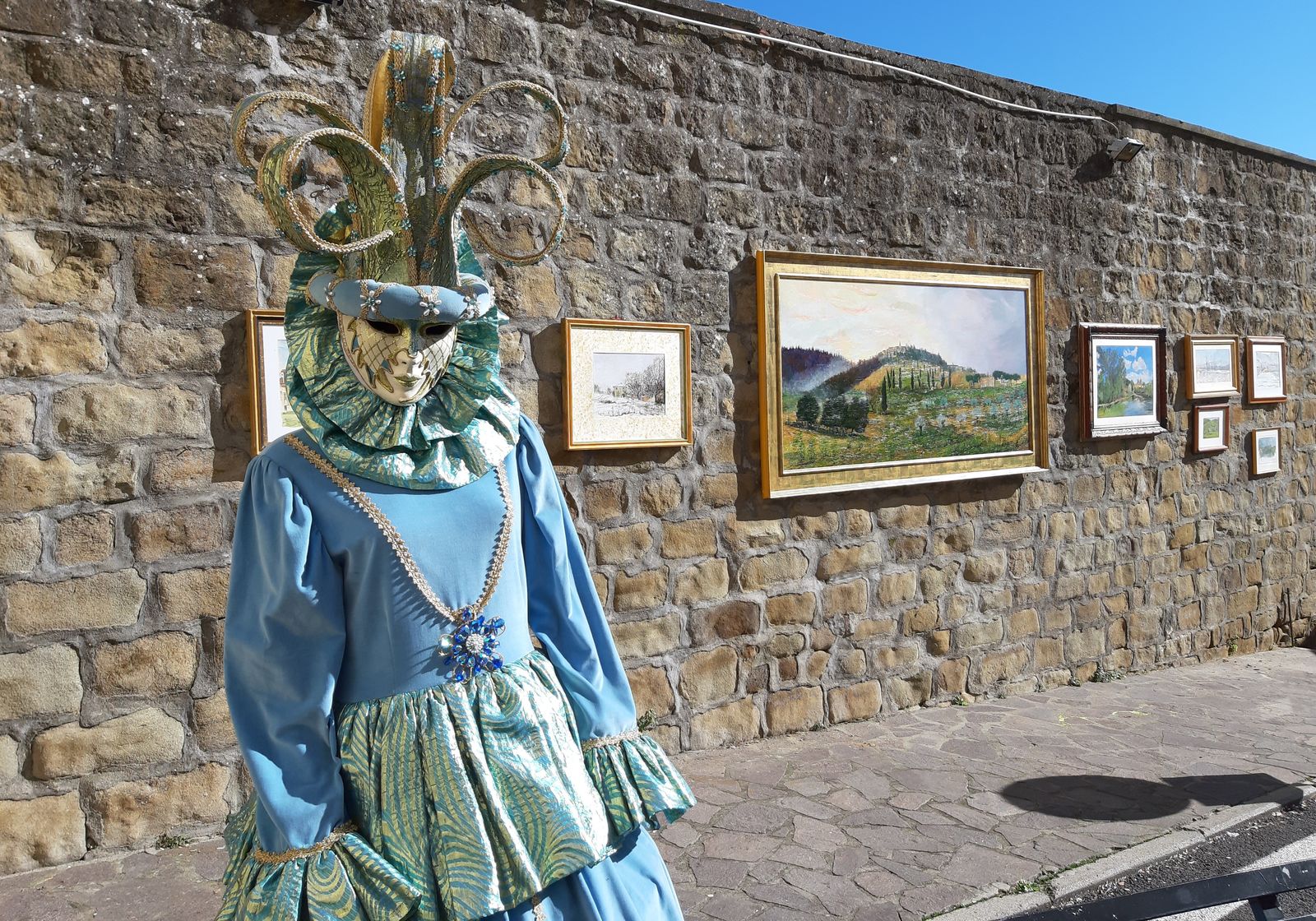Castiglion Fibocchi
The carnival town on the Pratomagno slopes
Castiglion Fibocchi is located on the Strada dei Setteponti (or the Seven Bridges Trail) in the Valdarno, on the slopes of Pratomagno. The town’s history is reflected in its name; this historic castle in the Arezzo territory was built by the Guidi Counts before passing into the hands of the children of Ottaviano Pazzi, known as “Bocco”. This is where the name Castrum Filiis Bocchi comes from, which eventually transformed into Castiglion Fibocchi.
Everything in this centuries-old town is tied in some way to the properties owned by this family. To get into the historic centre, visitors pass through the Porta Fredda, originally the entrance to the castle.
What to see in Castiglion Fibocchi
The town hall was once the palace where the lords lived, and nearby is a stretch of the castle walls. The Parish Church of Santi Pietro e Illario is also well worth a visit. It was once the castle’s chapel, and is today home to a 15th-century fresco depicting the Madonna and Child, probably painted by Agnolo di Lorentino.
Wandering through the village, snap a photo of the 12th-century Porta Fredda (originally the entrance to the castle). The church of San Pietro in Pezzano is worth a visit, consecrated in the 13th century and restored in the 19th century. Inside the building, a fresco attributed to Andrea di Nerio depicting the Annunciation is on display.
It’s also worth stopping by the hamlet of Gello Biscardo, known as the “town of madmen” because of a few stories about some truly bizarre citizens.
The town hall was once the palace where the lords lived, and nearby is a stretch of the castle walls. The Parish Church of Santi Pietro e Illario is also well worth a visit. It was once the castle’s chapel, and is today home to a 15th-century fresco depicting the Madonna and Child, probably painted by Agnolo di Lorentino.
Wandering through the village, snap a photo of the 12th-century Porta Fredda (originally the entrance to the castle). The church of San Pietro in Pezzano is worth a visit, consecrated in the 13th century and restored in the 19th century. Inside the building, a fresco attributed to Andrea di Nerio depicting the Annunciation is on display.
It’s also worth stopping by the hamlet of Gello Biscardo, known as the “town of madmen” because of a few stories about some truly bizarre citizens.
Nearby
Surrounded by the Casentino in the north, Valtiberina in the east, Valdichiana in the south and by the nearby Valdarno Aretino in the west, Arezzo - in the heart of the Tuscan countryside - offers a vast natural and artistic heritage.
The town is located on the Strada dei Setteponti del Valdarno, right on the Pratomagno slopes. Lovers of nature and trekking, prepare to be enchanted.
Close to Castiglion Fibocchi is the unmissable city of Arezzo, with its Piazza Grande, which has also appeared in some famous films such as “La vita è bella” by Benigni.
The town of Capolona is also particularly fascinating, nestled between the hills and the Arno river. It’s best to visit the village in March, during the Marzuolo Truffle Show.
Surrounded by the Casentino in the north, Valtiberina in the east, Valdichiana in the south and by the nearby Valdarno Aretino in the west, Arezzo - in the heart of the Tuscan countryside - offers a vast natural and artistic heritage.
The town is located on the Strada dei Setteponti del Valdarno, right on the Pratomagno slopes. Lovers of nature and trekking, prepare to be enchanted.
Close to Castiglion Fibocchi is the unmissable city of Arezzo, with its Piazza Grande, which has also appeared in some famous films such as “La vita è bella” by Benigni.
The town of Capolona is also particularly fascinating, nestled between the hills and the Arno river. It’s best to visit the village in March, during the Marzuolo Truffle Show.
Events
Even the festivals are linked with the history of the castle. There’s one particular event that imbues the piazzas and streets with a fairy-tale-like atmosphere: Carnevale. This town-wide party is steeped in tradition, with colourful and elegant masks much like what you would find in Venice’s famous festival, though this one bears its own unique charm. It’s almost certain that the town’s Carnevale is about 1,000 years old, with evidence pointing to celebrations as early as the 1100s, when it seems that even the local aristocracy would hold their weddings early just so they could be free at this time of the year. During the event, there’s a parade of figures such as fairies, harlequins and queens, but the guest of honour is without a doubt, King Bocco.
Even the festivals are linked with the history of the castle. There’s one particular event that imbues the piazzas and streets with a fairy-tale-like atmosphere: Carnevale. This town-wide party is steeped in tradition, with colourful and elegant masks much like what you would find in Venice’s famous festival, though this one bears its own unique charm. It’s almost certain that the town’s Carnevale is about 1,000 years old, with evidence pointing to celebrations as early as the 1100s, when it seems that even the local aristocracy would hold their weddings early just so they could be free at this time of the year. During the event, there’s a parade of figures such as fairies, harlequins and queens, but the guest of honour is without a doubt, King Bocco.
Typical products
Castiglion Fibocchi is also home to delicious food, harvested in the nearby fields. As visitors approach the town, they can see olive trees all around. Olive oil and excellent wines are always sure to make an appearance on dinner tables, as is the local Zolfino bean, a classified DOCG product found all along the Strada dei Setteponti.
Castiglion Fibocchi is also home to delicious food, harvested in the nearby fields. As visitors approach the town, they can see olive trees all around. Olive oil and excellent wines are always sure to make an appearance on dinner tables, as is the local Zolfino bean, a classified DOCG product found all along the Strada dei Setteponti.
